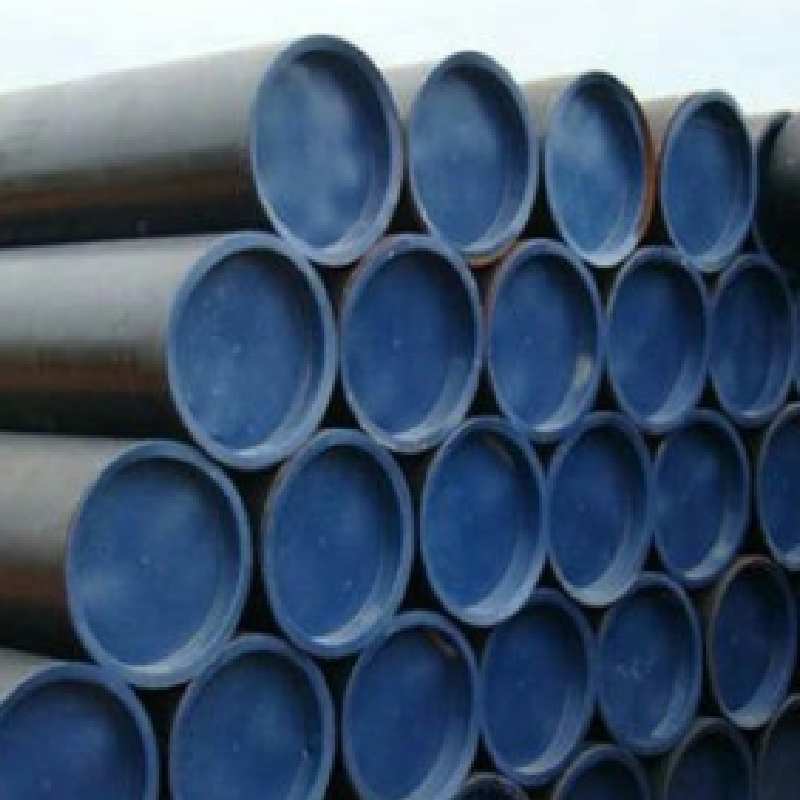-
Cangzhou Yulong Steel Co., Ltd.
-
Phone:
+86 13303177267 -
Email:
admin@ylsteelfittings.com
- English
- Arabic
- Italian
- Spanish
- Portuguese
- German
- kazakh
- Persian
- Greek
- French
- Russian
- Polish
- Thai
- Indonesian
- Vietnamese
- Zulu
- Korean
- Uzbek
- Hindi
- Serbian
- Malay
- Ukrainian
- Gujarati
- Haitian Creole
- hausa
- hawaiian
- Hebrew
- Miao
- Hungarian
- Icelandic
- igbo
- irish
- Japanese
- Javanese
- Kannada
- Khmer
- Rwandese
- Afrikaans
- Albanian
- Amharic
- Armenian
- Azerbaijani
- Basque
- Belarusian
- Bengali
- Bosnian
- Bulgarian
- Catalan
- Cebuano
- China
- China (Taiwan)
- Corsican
- Croatian
- Czech
- Danish
- Esperanto
- Estonian
- Finnish
- Frisian
- Galician
- Georgian
- Kurdish
- Kyrgyz
- Lao
- Latin
- Latvian
- Lithuanian
- Luxembourgish
- Macedonian
- Malgashi
- Malayalam
- Maltese
- Maori
- Marathi
- Mongolian
- Myanmar
- Nepali
- Norwegian
- Norwegian
- Occitan
- Pashto
- Dutch
- Punjabi
- Romanian
- Samoan
- Scottish Gaelic
- Sesotho
- Shona
- Sindhi
- Sinhala
- Slovak
- Slovenian
- Somali
- Sundanese
- Swahili
- Swedish
- Tagalog
- Tajik
- Tamil
- Tatar
- Telugu
- Turkish
- Turkmen
- Urdu
- Uighur
- Welsh
- Bantu
- Yiddish
- Yoruba

Oct . 06, 2024 14:56 Back to list
din 11853 2 flange
Understanding DIN 11853-2 Flanges An Overview
In the realm of industrial engineering and piping systems, standardization plays a pivotal role in ensuring compatibility and reliability across various components. One such standard is DIN 11853-2, which specifically addresses the requirements for flanged connections in piping systems, particularly in the food and beverage industry. This article delves into the specifics of DIN 11853-2 flanges, their applications, benefits, and considerations for use.
What is DIN 11853-2?
DIN 11853-2 is a German standard developed by the Deutsches Institut für Normung (DIN), which outlines the specifications for flat flanges. These flanges are critical components used to connect pipes, valves, and other equipment within a piping system. The standard ensures that these flanges meet specific dimensions and characteristics, facilitating the creation of reliable and leak-proof connections.
One of the defining features of DIN 11853-2 flanges is their smooth surface finish, essential in industries where hygiene is a significant concern. Applications often include food processing, pharmaceuticals, and biotechnology, where even the smallest contaminants can compromise product integrity.
Key Specifications
The DIN 11853-2 standard details various flange dimensions, including diameter, thickness, and the type of materials used. Typically, these flanges are manufactured in stainless steel to withstand the corrosion associated with cleaning agents and the high-pressure environments often present in food industries.
Another critical aspect of DIN 11853-2 flanges is their ability to handle variations in temperature and pressure, which is vital for the dynamic nature of industrial processes. The standard covers several pressure classes, allowing for flexibility depending on the specific application needs.
Advantages of Using DIN 11853-2 Flanges
1. Hygiene and Cleanliness The smooth finish of DIN 11853-2 flanges reduces the potential for bacterial growth and makes them easier to clean. This is essential in industries where sanitation is paramount, such as food production and pharmaceuticals.
din 11853 2 flange

2. Versatility These flanges can be used in various applications, from simple plumbing systems to complex industrial machinery. Their compatibility with different pipe sizes also allows for flexibility in design.
3. Compatibility DIN standards are widely recognized and adopted internationally, ensuring that components made to these specifications are compatible with similar products from different manufacturers.
4. Ease of Installation Flanges simplify the process of connecting pipes and equipment. They make it easy to create and dismantle connections without compromising the piping system's integrity.
Considerations for Use
While DIN 11853-2 flanges offer many advantages, there are several considerations to keep in mind. Firstly, it is crucial to ensure that the selected flange size and type align with the specific requirements of the piping system. Incorrect dimensions can lead to leaks and system failures.
Furthermore, the choice of material is significant, especially in environments exposed to various chemicals or extreme temperatures. Stainless steel is often the preferred choice, but understanding the corrosion resistance and thermal properties of the material is essential.
Lastly, proper installation is critical to the performance of DIN 11853-2 flanges. Implementing the correct torque specifications and using appropriate gaskets are essential steps in ensuring a leak-free connection.
Conclusion
DIN 11853-2 flanges are indispensable in many industries, particularly those where hygiene is of utmost importance. Their standardized dimensions, hygienic properties, and compatibility with various applications make them a preferred choice for engineers and industrial designers. Understanding these flanges in depth, including their specifications, advantages, and proper installation techniques, is vital for those involved in the design and maintenance of piping systems. As industries continue to evolve and focus on safety and efficiency, the importance of standards like DIN 11853-2 will only increase, underscoring the necessity of adhering to established guidelines for best practices.
Latest news
-
ANSI 150P SS304 SO FLANGE
NewsFeb.14,2025
-
ASTM A333GR6 STEEL PIPE
NewsJan.20,2025
-
ANSI B16.5 WELDING NECK FLANGE
NewsJan.15,2026
-
ANSI B16.5 SLIP-ON FLANGE
NewsApr.19,2024
-
SABS 1123 FLANGE
NewsJan.15,2025
-
DIN86044 PLATE FLANGE
NewsApr.19,2024
-
DIN2527 BLIND FLANGE
NewsApr.12,2024
-
JIS B2311 Butt-Welding Fittings LR/SR 45°/90° /180°Seamless/Weld
NewsApr.23,2024











